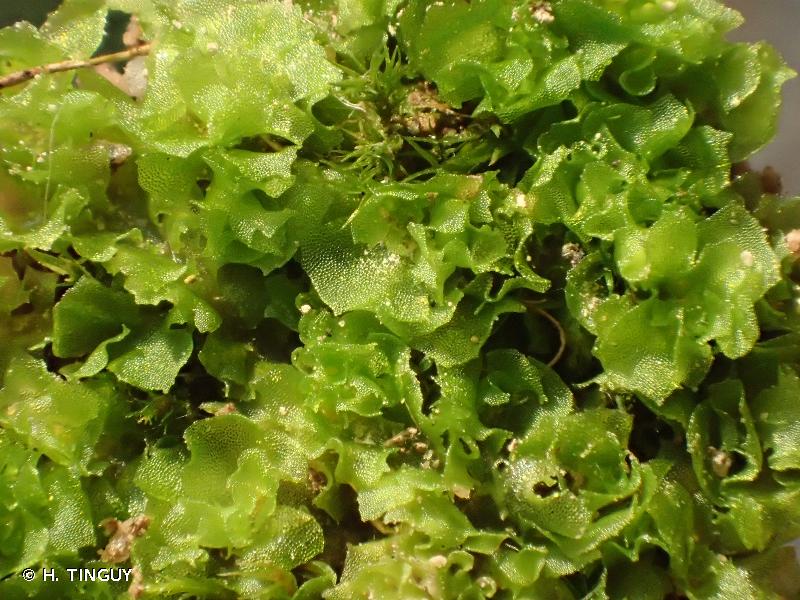
image from: https://inpn.mnhn.fr/espece/cd_nom/6294/tab/fiche
Exploring the Fascinating World of Fossombronia crispa Nees Moss
Introduction
Mosses are some of the most ancient and resilient plants on Earth, with over 12,000 species found across the globe. In this blog post, we’ll take a closer look at one particularly interesting species:
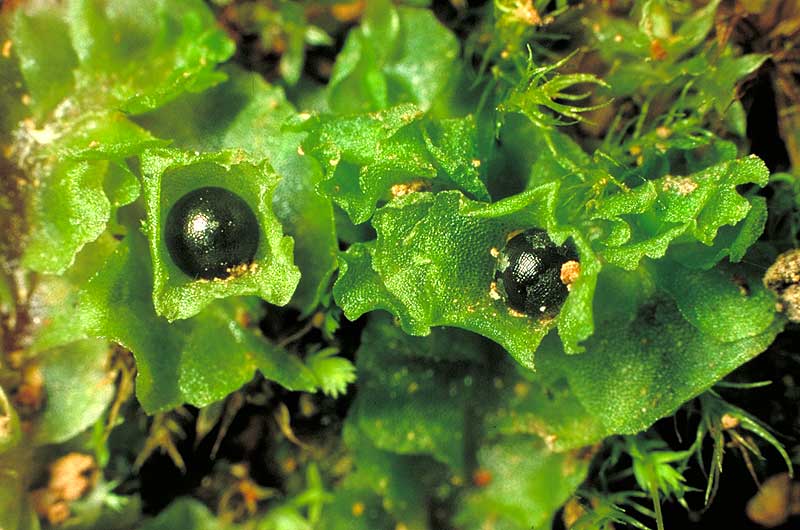
image from: https://www.canbr.gov.au/bryophyte/photos-captions/fossombronia-133.html

image from: https://phylobotanist.blogspot.com/2013/09/botany-picture-102-fossombronia.html
Fossombronia crispa Nees, a small but mighty moss in the Fossombroniaceae family, commonly known as Fossombronia
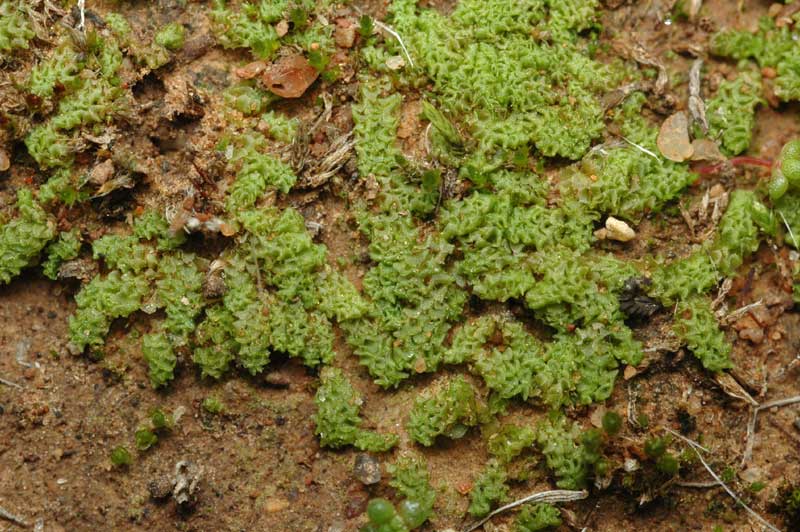
image from: https://www.anbg.gov.au/bryophyte/photos-captions/fossombronia-RWP-6425.html

image from: https://www.earth.com/plant-encyclopedia/Bryophytes/Fossombroniaceae/fossombronia-cristula/en/
.
Background
Fossombronia crispa Nees is a type of liverwort, which are non-vascular plants in the division Marchantiophyta. Liverworts are some of the earliest land plants to evolve over 470 million years ago. There are around 85 species in the genus Fossombronia worldwide.
Morphology and Identification
Fossombronia crispa forms small, light green mats on soil. The leaves are deeply lobed and crinkled or wavy, giving it the species name “crispa” meaning curled. The leaves attach in two rows on either side of the stem. Rhizoids, root-like structures, anchor the plant to the substrate.
The reproductive structures are key for identification. Male plants produce antheridia and female plants have archegonia. After fertilization, the
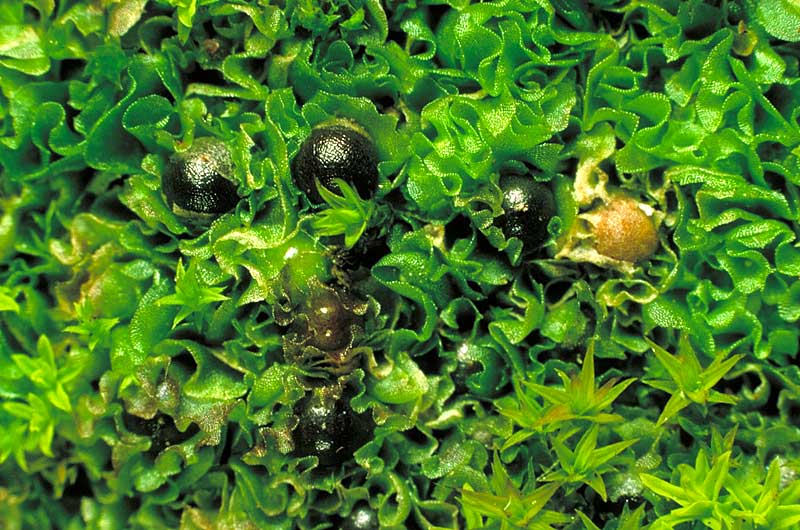
image from: https://www.anbg.gov.au/bryophyte/photos-captions/fossombronia-pusilla-132.html
spore capsule develops on a translucent stalk called a seta. The capsule is spherical and splits open into 4 valves to release the spores.
Global Distribution and Habitat
Fossombronia crispa has a widespread distribution
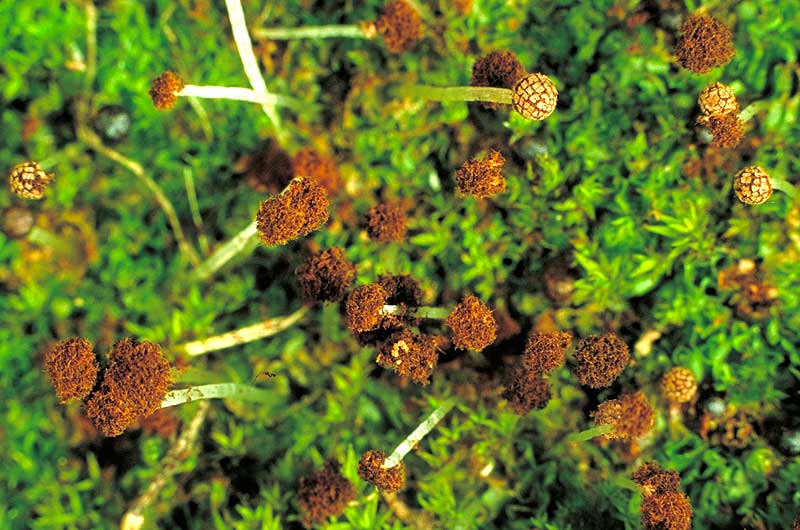
image from: https://www.cpbr.gov.au/bryophyte/photos-captions/fossombronia-pusilla-134.html
, found in Europe, Asia, Africa, and the Americas. It grows in open, disturbed habitats on moist soil, such as riverbanks, ditches, agricultural fields, and along trails. The ability to colonize bare ground allows it to be a pioneer species after disturbances.

image from: https://www.pinterest.com/pin/fossombronia–50032245830322574/
Ecological Roles and Adaptations
As a pioneer species, Fossombronia crispa helps to stabilize soil and pave the way for other plants to grow. The dense mats help retain moisture and prevent erosion. It is also important in nutrient cycling, releasing nutrients back into the soil as it decomposes.

image from: https://www.youtube.com/watch?v=40DiYfogdr0
Fossombronia has several adaptations that allow it to thrive in its habitat:
- Desiccation tolerance: It can survive drying out and rehydrate when water is available again
- Asexual reproduction: In addition to spores, it can reproduce via fragmentation when bits of the plant break off and grow
- Fast life cycle: It can complete its life cycle relatively quickly, allowing it to colonize disturbed areas rapidly
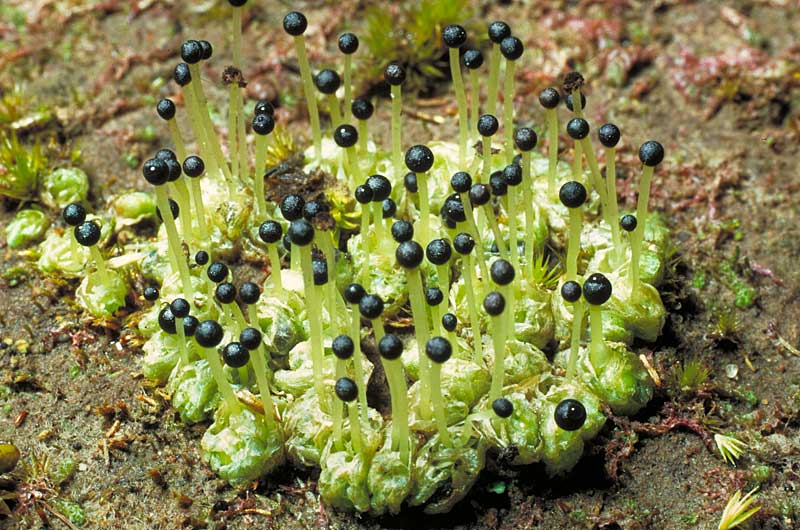
image from: https://www.cpbr.gov.au/bryophyte/photos-captions/fossombronia-intestinalis-135.html
Conclusion
Fossombronia crispa Nees may be small, but it plays an important ecological role as a pioneer species. Its unique morphology and adaptations allow it to thrive in disturbed habitats worldwide. Next time you’re out for a hike, keep an eye out for this fascinating moss! What other roles do you think small plants like mosses and liverworts play in ecosystems?